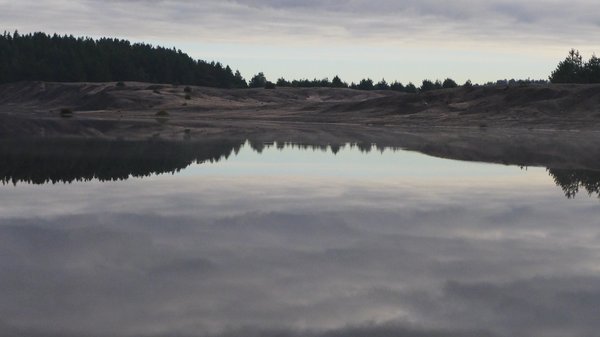In autumn 2013, the project established a research field station at a former brown coal mining area in Brande. The Brown Coal site in Søby (brunkulslejerne) was chosen due to its interesting cultural history as well as its unique geological environment. Brown coal is plant residues from sediments laid down 15-20 million years ago during the Neogene period. Brown coal was mined for in the period 1939-1970. One aim of the mining was to make Denmark independent of German fuel during World War 2. Read more about the area here.
The former ruined landscape today changes between deep excavated nutrient-poor lakes, hills and planted plains that make it an ideal place to study the new flora and fauna that has emerged after the mining for browncoal stopped in the 1970's. The project is using this site as a key place for both research into interspecies relations on anthropogenic landscapes and for methodological training.
The AURA group has been divided into research teams that are mainly cross-disciplinary and focus on a specific aspect of the brown coal area as an anthropogenic site: the freshwater lakes, the waste disposal site, the red deer and hunting communities, the geological history and the coniferous woodlands. The integrated nature of these research teams make them effective training tools.
A special issue of the scientific Journal Ethno-Biology and an art-science anthology are currently under review.
